Rigging Disasters Through the Ages: Unraveling Lessons from Historical Catastrophes
Rigging Disasters Through the Ages: Unraveling Lessons from Historical Catastrophes
The annals of history bear witness to remarkable achievements in engineering and construction, but they also document instances where rigging disasters left indelible scars. From bridge collapses to construction failures, these catastrophes serve as cautionary tales, offering valuable lessons for future generations. In this exploration, we delve into historical rigging disasters, unraveling the technical facts behind each incident and extracting lessons that continue to shape modern engineering practices.
I. The Tacoma Narrows Bridge Collapse (1940):
The collapse of the Tacoma Narrows Bridge in 1940 remains one of the most iconic rigging disasters in history. Located in Washington State, the suspension bridge succumbed to violent oscillations during a windstorm, ultimately plunging into the waters below.
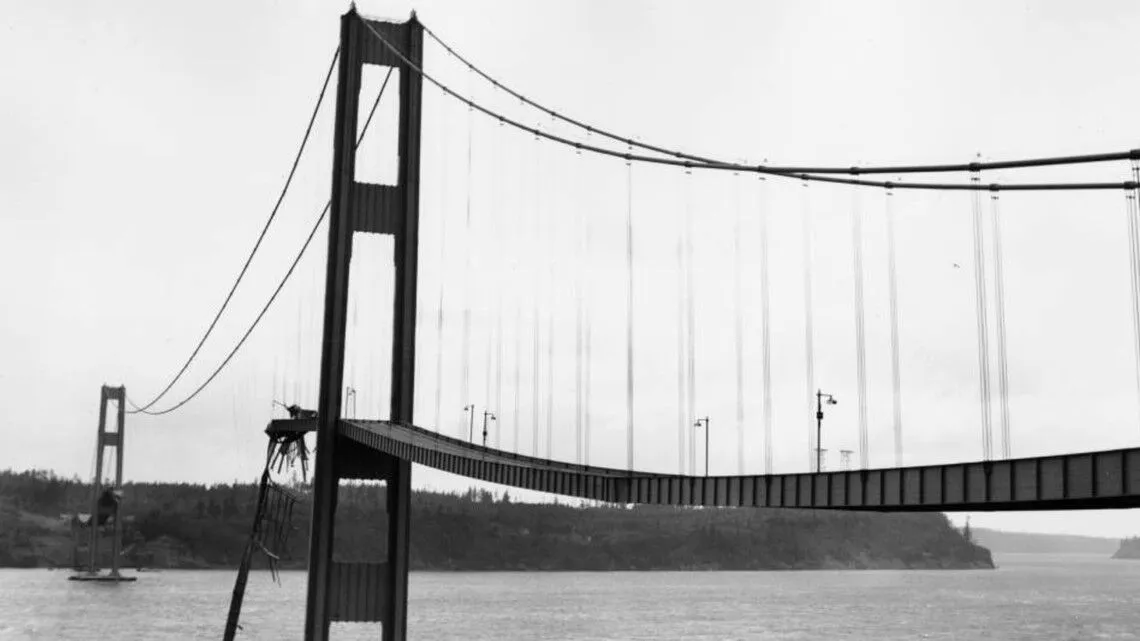
Facts:
- The bridge’s design featured a narrow and slender deck, that began moving vertically from the time is was installed, leading to its nickname, “Galloping Gertie.”
- Aerodynamic forces caused by the wind led to resonance, resulting in pronounced and destructive oscillations.
- Inadequate stiffening trusses and insufficient damping mechanisms contributed to the bridge’s vulnerability.
Lessons Learned:
- Rigorous aerodynamic testing and analysis are imperative in bridge design to prevent resonance-induced failures.
- Stiffening trusses and damping systems are critical components for stability in suspension bridges.
II. The Hyatt Regency Walkway Collapse (1981):
In 1981, the Hyatt Regency Hotel in Kansas City witnessed a devastating structural failure when two suspended walkways collapsed during a tea dance, claiming the lives of 114 people and injuring countless others.
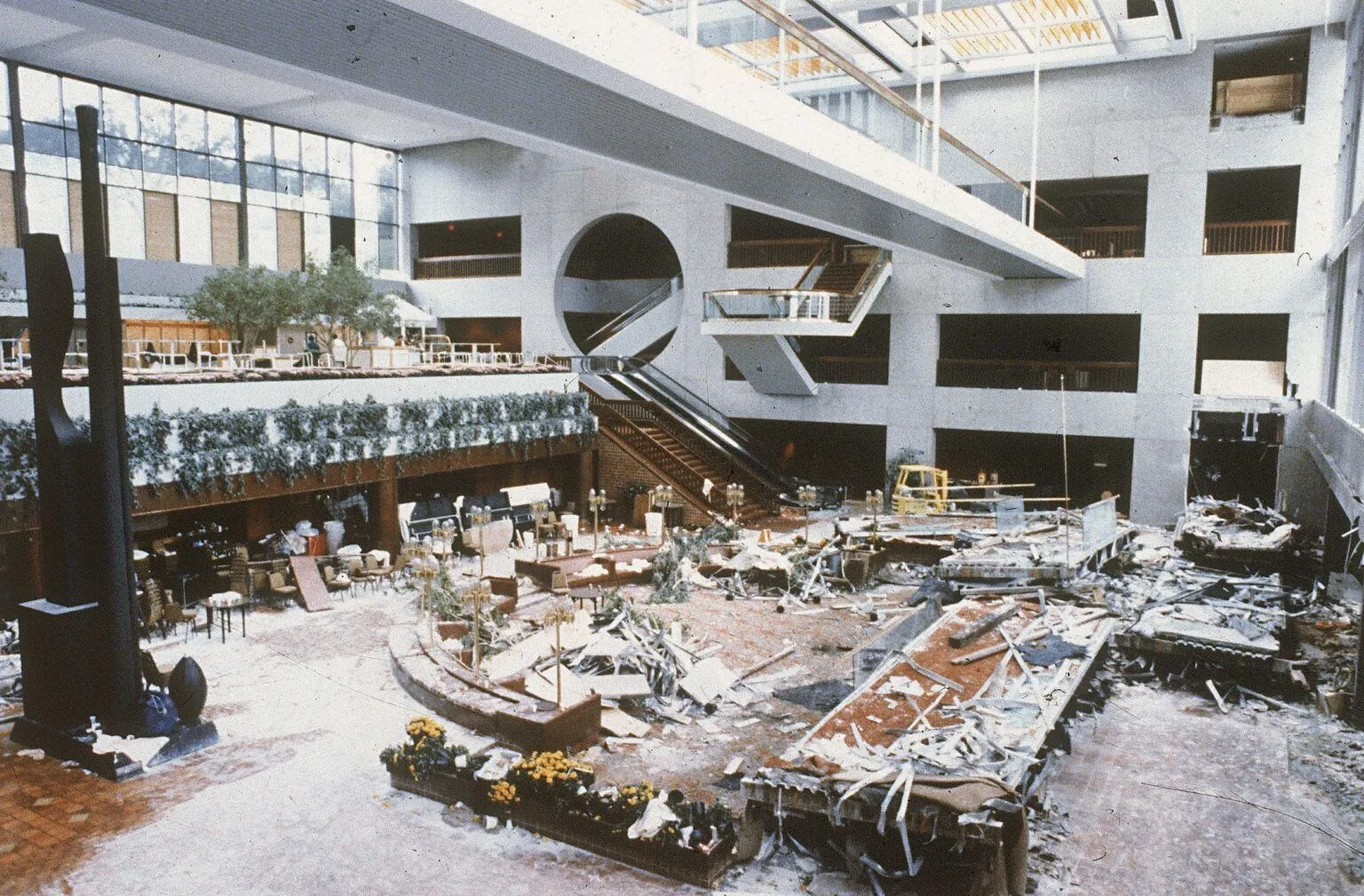
Technical Facts:
- The walkways were suspended from the ceiling using a single set of rods, placing a concentrated load on the connection points.
- A design change, wherein the rods supported both the second and fourth-floor walkways, compromised the structural integrity.
- The welded connections failed due to the excessive load, leading to the catastrophic collapse.
Lessons Learned:
- Proper load distribution and comprehensive structural analysis are paramount in design modifications.
- Rigorous oversight and adherence to original design specifications are crucial to avoid catastrophic failures.
III. The Hartford Civic Center Coliseum Roof Collapse (1978):
The collapse of the Hartford Civic Center Coliseum roof in 1978 shocked the engineering community. This incident occurred during the construction of a new roof over the coliseum, leading to a structural failure that resulted in the collapse of the roof onto the arena floor.
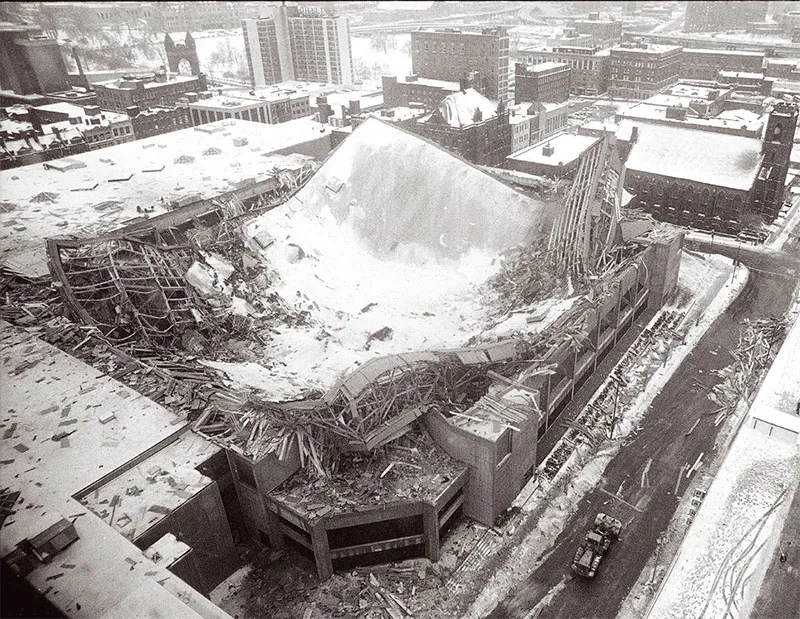
Technical Facts:
- The roof was constructed using lightweight concrete panels supported by a system of pre-stressed steel cables.
- An error in the design calculations led to an underestimation of the load-bearing capacity of the steel cables.
- Progressive failure ensued as the steel cables snapped under the load, causing a domino effect of collapsing panels.
Lessons Learned:
- Accurate load calculations and rigorous material testing are essential to prevent underestimation of structural capacity.
- Comprehensive quality control measures during construction, including regular inspections and adherence to design specifications, are crucial.
IV. The Quebec Bridge Collapse (1907 and 1916):
The Quebec Bridge collapse stands as a tragic tale of engineering miscalculations and repeated failures. The bridge was initially designed to span the St. Lawrence River, connecting the cities of Quebec and Lévis.
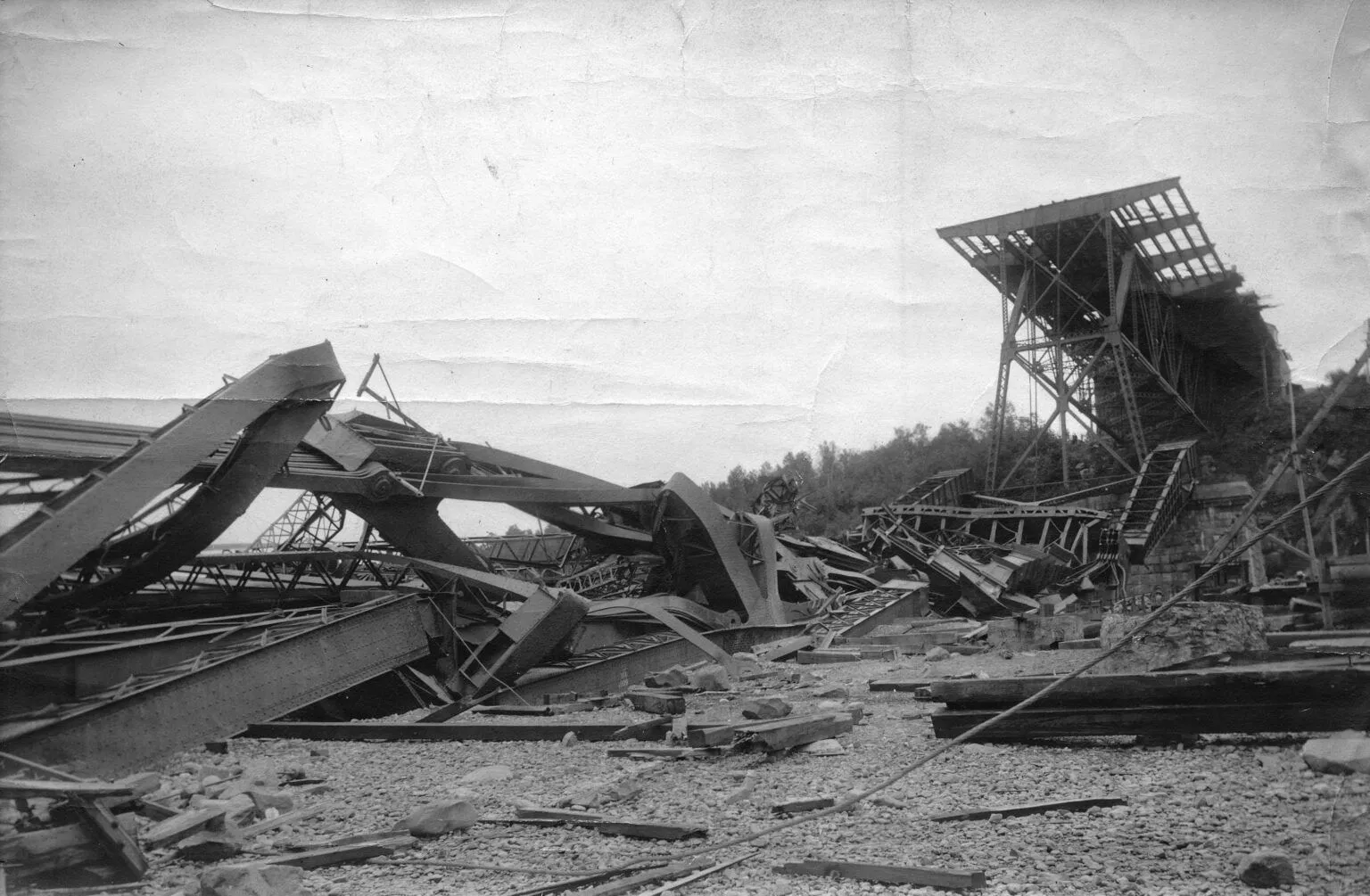
Technical Facts:
- The first collapse occurred during the bridge’s initial construction in 1907 when a partially completed span gave way, claiming the lives of 75 workers.
- The second collapse transpired in 1916 during the reconstruction efforts, resulting from a failure to account for the additional weight of the completed section.
Lessons Learned:
- Comprehensive engineering surveys and testing are imperative before initiating construction projects.
- Transparent communication and dissemination of lessons learned are crucial for preventing repeated failures.
V. The Sampoong Department Store Collapse (1995):
In 1995, the Sampoong Department Store in Seoul, South Korea, suffered a catastrophic collapse that claimed the lives of 501 people and injured over a thousand others. The disaster unfolded due to a combination of structural deficiencies and unauthorized modifications.
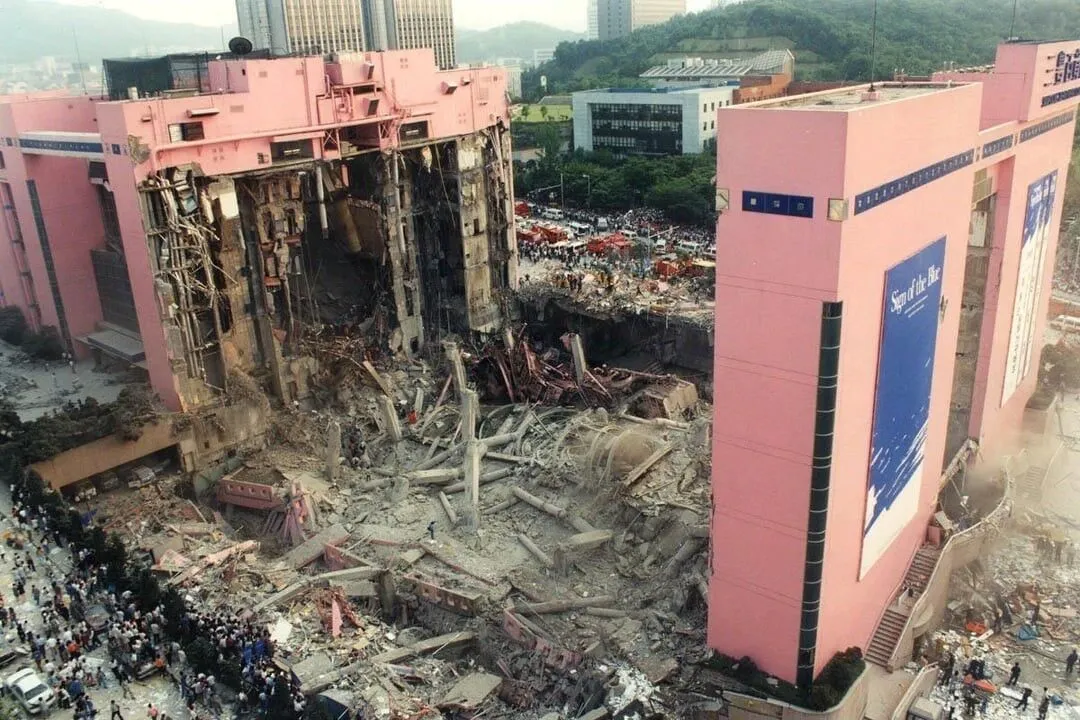
Technical Facts:
- Unauthorized modifications, including the removal of support columns and addition of extra floors, compromised the structural integrity of the building.
- Weak concrete, insufficient reinforcement, and inadequate load-bearing capacity further contributed to the disaster.
- The collapse occurred during business hours, exacerbating the human toll.
Lessons Learned:
- Strict adherence to approved construction plans is crucial to prevent unauthorized modifications that can compromise structural stability.
- Regular inspections and quality control measures are essential for ensuring the ongoing safety of large structures.
In summary:
The historical rigging disasters examined here serve as stark reminders of the importance of rigorous engineering, meticulous planning, and unwavering adherence to safety protocols. Each catastrophe, whether due to aerodynamic forces, design errors, or construction oversights, has left an indelible mark on the engineering community. As we reflect on these tragedies, it becomes clear that the lessons learned from these historical rigging disasters continue to shape the way we approach and execute construction projects today. The evolution of engineering practices is a testament to the resilience of the human spirit in the face of adversity, and it underscores the collective commitment to ensuring the safety and integrity of structures that shape our world.
——————————————————————————————————————————————
The Hercules Group of Companies encompasses a wide portfolio of products and services across 7 diverse companies.


